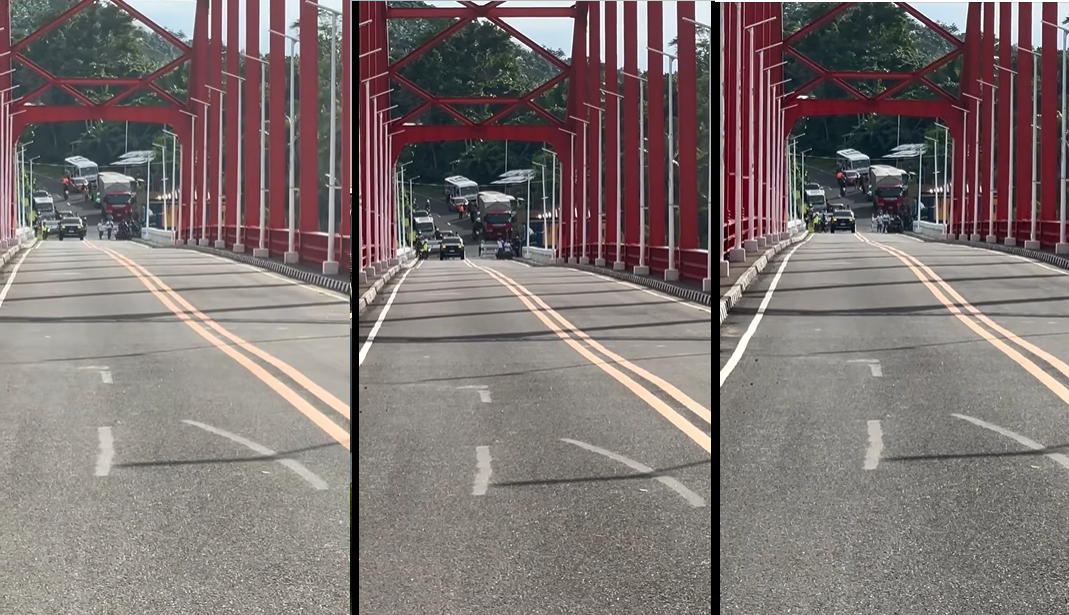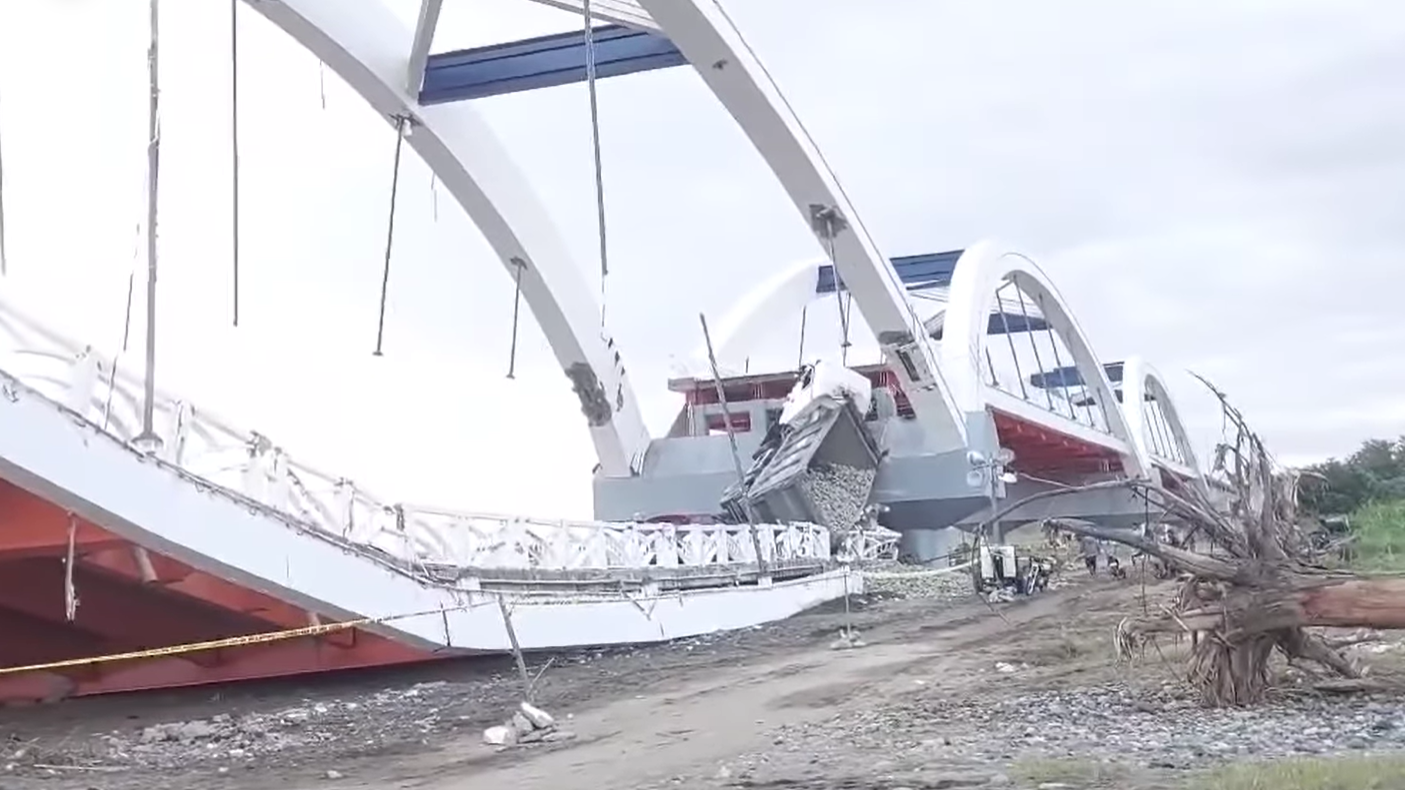How Long Should a Bridge Last? Lessons from the Philippines and the World
Bridges are more than structures—they are lifelines for people, commerce, and disaster response. But across the Philippines, several recent bridge failures have revealed deep vulnerabilities in our infrastructure system, from underdesigned structures to neglected maintenance. This blog explores the expected lifespan of bridges in the Philippines, how it compares globally, and what must be done to avoid further collapses.
The 50-Year Bridge Life Expectancy in the Philippines
In the Philippines, the standard design life for most bridges is 50 years, based on the National Structural Code of the Philippines (NSCP) and the Department of Public Works and Highways (DPWH) design guidelines. This 50-year benchmark is rooted in international engineering standards, particularly those of AASHTO (American Association of State Highway and Transportation Officials).
The NSCP implies this design life by adopting load parameters (like wind and seismic forces) that are calibrated for structures expected to last 50 years. For example, earthquake loads are based on a 10% probability of exceedance in 50 years, aligning with common international assumptions.
But design life is not a guarantee. It assumes optimal conditions—sound design, proper materials, construction quality, and consistent maintenance. When these are compromised, bridges can deteriorate and fail long before their expected retirement.
Three Troubling Case Studies: Biliran, Isabela, and San Juanico
Recent bridge failures and restrictions have made national headlines, raising urgent questions about the state of Philippine infrastructure.
 Biliran Bridge (2024) – Swaying and Load Restrictions
Biliran Bridge (2024) – Swaying and Load Restrictions
In December 2024, the Biliran Bridge exhibited visible wave-like swaying, prompting fears of instability. DPWH later declared the bridge structurally sound but banned heavy vehicles. The provincial government had to fund barge transport to ferry goods and trucks across the strait.
Impact: Commerce was disrupted, highlighting the bridge’s vulnerability to wind and dynamic loads, especially during high-traffic seasons.
Source: PhilStar, GMA News, Leyte Samar Daily News (2024)
 Cabagan–Sta. Maria Bridge, Isabela (2025) – Collapse
Cabagan–Sta. Maria Bridge, Isabela (2025) – Collapse
In February 2025, the newly inaugurated ₱1.2 billion bridge in Isabela collapsed under a 102-ton dump truck, more than double its 44-ton capacity. President Marcos criticized the project for design flaws and cost-cutting that compromised safety.
Impact: Lives were endangered, and a major regional link was severed. Investigations revealed that structural design decisions may have ignored tensile stress dynamics.
Source: AutoIndustriya, GMA News, BusinessWorld (2025)
San Juanico Bridge (2025) – Deterioration and Sudden Load Limits
In May 2025, authorities imposed a 3-ton limit on San Juanico Bridge due to declining concrete strength and visible deterioration. The abrupt restriction caused chaos—millions of pesos in losses daily were reported as trucks and buses were barred, severely impacting regional commerce.
Impact: The closure of this 50-year-old icon demonstrates the risks of delayed rehabilitation and the consequences of allowing core infrastructure to degrade.
Source: Manila Bulletin, ABS-CBN News (2025)
What About Bridges Abroad?
|
Country |
Typical Design Life |
Remarks |
|
United States |
75–100 years |
Modern AASHTO LRFD standards increase safety margins and extend useful life. |
|
United Kingdom |
120 years |
Lifecycle costing and long-term resilience are prioritized from day one. |
|
Japan |
100 years |
Seismic-proof designs, sensor-driven monitoring, and routine retrofitting. |
|
Germany |
100 years |
Emphasis on construction quality, redundancy, and scheduled maintenance. |
|
Singapore |
100 years |
Technological integration, material innovation, and proactive inspections. |
In contrast to the Philippines, these countries view bridges as long-term investments and regularly update their infrastructure with monitoring technologies, maintenance protocols, and forward-looking design philosophies.
Summary of Key Differences
|
Aspect |
Philippines |
Advanced Countries |
|
Design Life |
50 years |
75–120 years |
|
Bridge Failures |
Common in aging stock |
Rare with proactive care |
|
Maintenance Regime |
Reactive (often delayed) |
Preventive and predictive |
|
Climate Resilience |
Inconsistent |
Integral to design process |
|
Smart Monitoring |
Manual inspections |
IoT sensors, drones, AI |
|
Lifecycle Costing |
Rarely applied |
Standard practice |
Globally, many countries design and maintain their bridges for longer service lives than the Philippines. Here’s how they compare:
What Must Change?
If the Philippines is to avoid future catastrophes and raise the value of its infrastructure, a policy and engineering paradigm shift is urgently needed.
Policy and Engineering Recommendations
a) Institutionalize lifecycle cost analysis (LCCA) in planning, budgeting, and procurement.
b) Modernize bridge monitoring, using sensors, drones, and AI-powered inspection tools.
c) Retrofitting and climate-proofing must become standard, especially for old bridges.
d) Upgrade bridge design life to 75–100 years, especially for strategic and high-traffic bridges.
e) Transparent infrastructure audits should be published regularly, with public access to data on structural integrity.
A Bridge is More Than Concrete and Steel
The collapse of Isabela Bridge and the structural wear on San Juanico are not isolated events. They serve as a call to action—not only for engineers but for policymakers, local governments, and communities. With the Philippines facing more frequent typhoons, seismic threats, and heavier transportation loads, it is time to rethink the way we build, maintain, and future-proof our bridges.
Investing in better design, smarter monitoring, and longer-lasting materials may seem expensive now—but the cost of failure is far greater.
References:
DPWH. (2021). Bridge Inventory and Condition Reports.Philippine Daily Inquirer. (2022). Truck falls as bridge collapses in Isabela.
ABS-CBN News. (2017). Biliran bridge damaged by floods.
PTV News. (2023). San Juanico Bridge undergoes maintenance amid structural concerns.
UK Highways Agency. (2020). Design Manual for Roads and Bridges.
Japan Road Association. (2019). Guidelines on Seismic Design of Highway Bridges.
AASHTO. (2017). LRFD Bridge Design Specifications.
